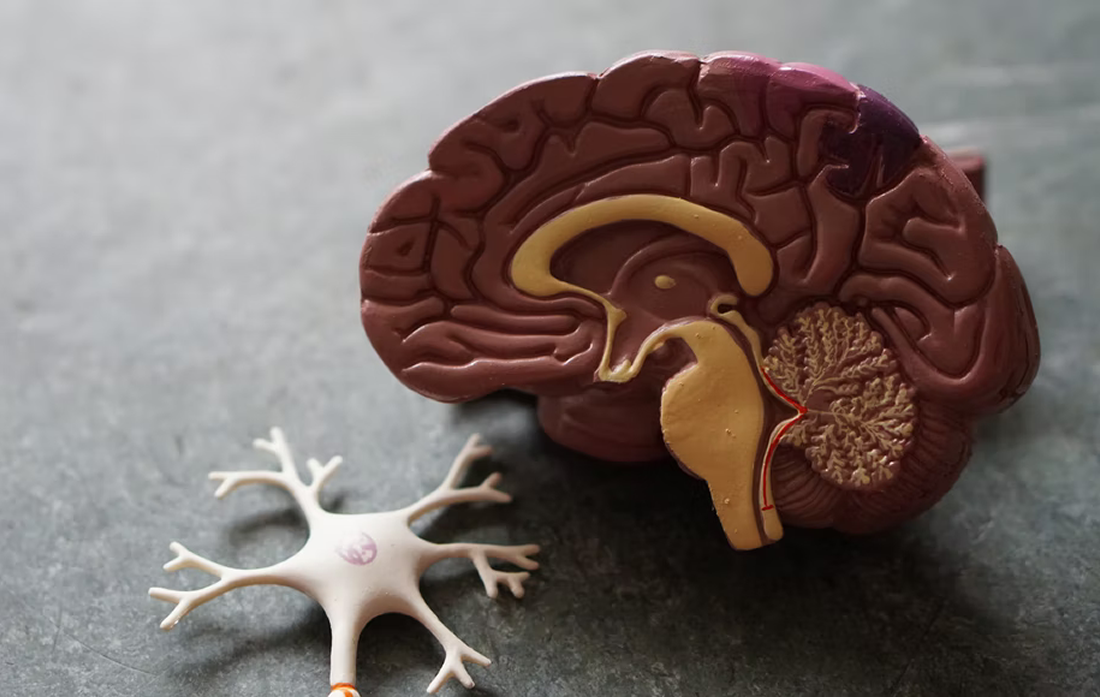Regenerative Medicine News and General Information
New and Effective Therapeutic Option for Glioblastoma
Glioblastoma is an aggressive type of cancer that can occur in the brain or spinal cord. Glioblastoma forms from cells called astrocytes that support nerve cells. This type of tumor can appear at any age, but it is more common in older adults. It is considered a terminal disease, as its life expectancy is less than 2 years.
Current therapeutic options include surgery, but since the tumor grows into the normal brain tissue, complete removal is not possible, radiation therapy, chemotherapy, and targeted drug therapies such as bevacizumab, which targets the signals that glioblastoma cells send to the body to produce new blood vessels.
In a new study researchers from the Institute of Biomedicine of Seville, found a new therapeutic option against glioblastoma, the use of the drug ADI-PEG20 combined with focal brain radiotherapy. The research study was published in the Journal of Clinical Investigation.
The new drug works by eliminating systemic arginine, an amino acid that has been shown in previous studies affects growth and viability of numerous cancer cells.
The researchers demonstrated that the drug combined with the radiotherapy causes tumor destruction via local generation of cytotoxic peroxynitrites resulting from increased nitric oxide production and the localized production of superoxide radicals (free radical) in the ionizing radiation targeted area in addition to the enhanced phagocytosis by the macrophages/microglia.
Previous studies using only the drug ADI-PEG20 have reported no cytotoxic effects against glioblastoma cells. In this study the researchers demonstrated that arginine depletion with the drug when combined with radiation is a highly effective therapeutic strategy to treat glioblastoma.
The results obtained in the study give hope for the treatment of this type of tumors, for which current management is extremely limited.
Sources:
Hajji, N., et al. (2022) Arginine deprivation alters microglia polarity and synergises with radiation to eradicate non arginine auxotrophic glioblastoma tumors. Journal of Clinical Investigation. doi.org/10.1172/JCI142137.
https://www.mayoclinic.org/diseases-conditions/glioma/symptoms-causes/syc-20350251
Image from:
Photo by Robina Weermeijer on Unsplash

